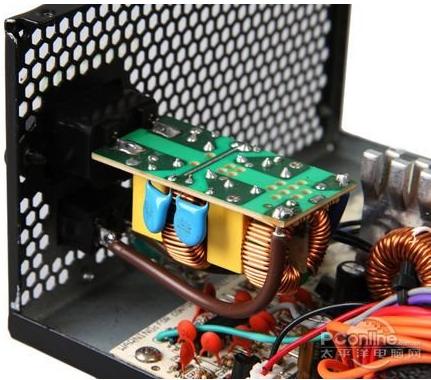As the density of electronic components on the PCB board is getting higher and higher, the traces are getting narrower, the trace density is getting higher and higher, the frequency of the signal is getting higher and higher, it is inevitable to introduce EMC (electromagnetic compatibility) and EMI (Electromagnetic interference), so the electromagnetic compatibility analysis and application of electronic products is very important. However, the current domestic and international general situation is that EMC analysis and simulation in the PCB design process are a weak link compared with IC design. At the same time, EMC simulation analysis currently plays an increasingly important role in PCB design. The target of EMC/EMI analysis in PCB design. Signal integrity analysis includes reflection analysis of the same signal on the same wiring network, impedance matching analysis, signal overshoot analysis, signal timing analysis, etc.; for adjacent wiring networks between different signals Crosstalk analysis. In the signal integrity analysis, the physical topology of the wiring network, the dielectric characteristics and permittivity of the PCB dielectric layer, and the electrical characteristics of each wiring layer must also be considered. Now there are international standards for suppressing EMI of electronic equipment and instruments, collectively referred to as electromagnetic compatibility (EMC) standards. They can be used as rules for PCB designers to suppress electromagnetic radiation and interference during wiring and layout. For designers of military electronic products , The standard will be stricter and the requirements will be more demanding. For a system composed of multiple PCB boards connected by a bus, the electromagnetic compatibility performance between different PCB boards and the EMC/EMI performance of the interface circuit and the connector must also be analyzed. The simulation of EMC/EMI needs to use the simulation model. EMC/EMI analysis needs to understand the electrical characteristics of the components used, and then it can better simulate and simulate. Currently, IBIS and SPICE models are widely used. IBIS (I/O Buffer Interface Specification), namely ANSI/EIA-656, is a model that quickly and accurately describes the electrical performance of the I/O buffer based on the V/I curve obtained through measurement or circuit simulation. In 1990, the industry standard of IBIS V1.0 was jointly formulated by INTEL and several well-known semiconductor manufacturers. After continuous improvement and development, it was updated to IBIS V3.0 in 1997. Now this standard has been adopted by NS, Motorola, Hundreds of semiconductor manufacturers such as TI, IDT, Xilinx, Siemens, Cypress, VLSI, etc. are supported. At the same time, RDA companies such as Cadence, Mentor, Incases, Zuken-Redac, etc. have also added functional modules related to IBIS in their software. The IBIS file is a text file, which is a description of "behavior" information generated through a standard software format to illustrate the analog electrical characteristics of the IC. The SPICE model of IC is a trade secret of various semiconductor manufacturers and is protected by intellectual property rights, while the IBIS model is data that is completely open to users, so designers can obtain the IBIS model relatively easily. Of course, if there is a SPICE model, the IBIS model can be generated from the SPICE model. Currently, IBIS models are generally available from device manufacturers. Apply EMC/EMI simulation to improve the quality of PCB design After the PCB layout is completed, the circuit design is analyzed and simulated before the GERBER file is made into a circuit board. At the same time, the signal strength, time delay and other characteristics are analyzed according to the dynamic operating frequency of the actual circuit. If the designed PCB contains an external interface, a heat sink is added to the IC or the circuit itself consumes a lot of power, further simulation analysis of electromagnetic radiation must be carried out. For high-speed circuits, it is necessary to analyze the transmission line distribution parameters of the wiring network. EDA developers have gradually realized the needs of users in the field of EMC/EMI simulation. The German INCASES company provides designers with EMC-WORKBENCH, a software package for EMC/EMI simulation analysis, and has become a leader in the industry and has hosted many times. IEEE seminar on EMC/EMI. EMC-WORKBENCH can meet the urgent needs of circuit designers in terms of electromagnetic compatibility, improve the process of PCB design, and simplify many complicated tasks in the later hardware debugging. At the same time, EMC/EMI issues must be fully considered within the IC. At present, most chip manufacturers will deal with EMC/EMI issues inside ICs. However, the majority of designers should also pay attention to possible problems in the chip, and at the same time solve the EMC/EMI to the extreme on the board. Electronic engineers can use simulation tools and effectively synthesize design experience, which can better improve product quality and product reliability. Rayhot Technology Group Co.,Ltd , https://www.cnrayhot.com